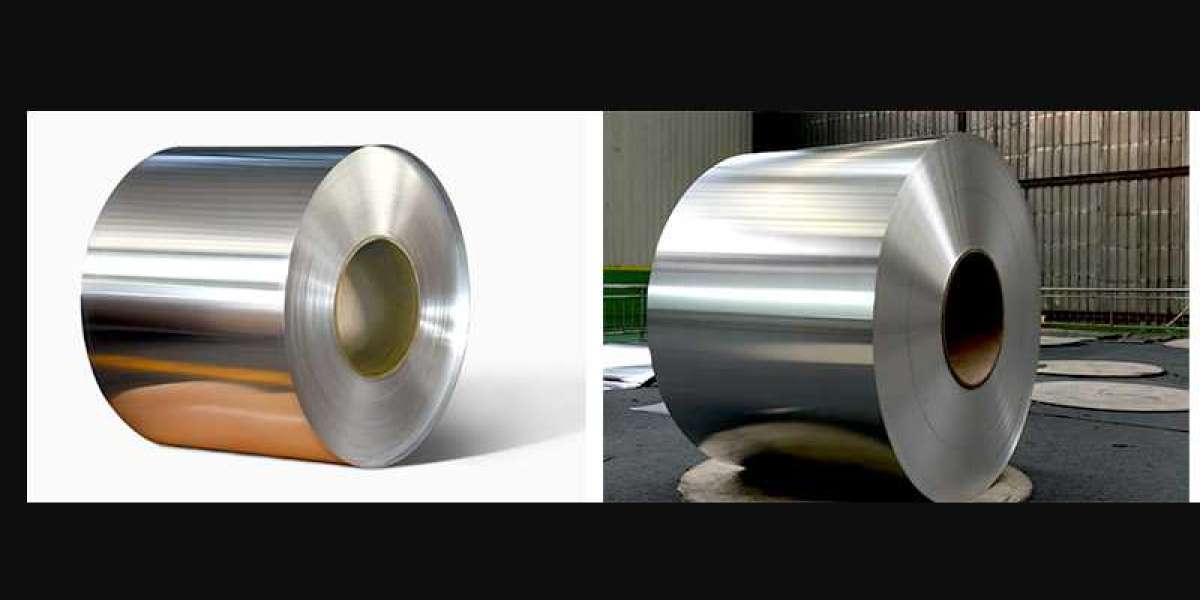Copper and aluminium coils are among the most widely used metal coil types globally. While both find ubiquitous applications thanks to attributes like conductivity, formability and corrosion resistance, there are also key differences in their material properties and suitability for various end uses. In this comprehensive guide, we compare copper vs aluminium coil to understand their similarities and differences.
Material Composition
Copper coil is pure copper of 99.9% purity or more. Aluminium coil comes in various alloys like 1050, 3003 or 6061 containing alloying elements like magnesium or silicon in defined percentages.
Physical Properties
Some physical property comparisons:
| Property | Copper | Aluminium |
|---|---|---|
| Density | 8.9 g/cm3 | 2.7 g/cm3 |
| Melting Point | 1083°C | 660°C |
| Tensile Strength | 200 MPa | 200-600 MPa |
| Electrical Conductivity | 59.6×106 S/m | 37-38×106 S/m |
| Thermal Conductivity | 401 W/mK | 237 W/mK |
Key differences are higher density, melting point and thermal conductivity of copper versus superior formability and strength-to-weight ratio of aluminium.
Electrical Properties
Both exhibit excellent conductivity, though copper is the best conductor of electricity. This makes copper coil preferred for applications requiring minimal voltage drop like switchgear, busbars, motors and transformers.
Corrosion Resistance
Copper spontaneously forms a protective layer of patina in air but can corrode in presence of sulfur or ammonia. Aluminium readily develops a durable oxide skin protecting the core, making aluminium coil suitable for harsh marine/industrial environments.
Formability
Aluminium coil has higher ductility and is easier to form, bend, stamp or shape than copper due to its softer microstructure. This advantage makes aluminium preferable for architectural facades, roofing sheets, custom fabrication etc.
Cost Comparison
Copper coil prices are over 3 times higher than aluminium coil, reflecting the higher resource extraction and refining costs involved. This cost differential influences material selection for price-sensitive applications.
Selection for Different Applications
Given the above pros and cons, copper and aluminium coils find varying uses as discussed below:
Electrical Wiring
Due to unparalleled conductivity, copper remains dominant over aluminium for building wiring, transformers and switchgear.
Plumbing
Here copper's corrosion resistance and ability to withstand higher pressures make it preferred over aluminium.
HVAC
Aluminium coil excels for AC ducting due its strength, formability and lower material cost compared to copper.
Construction
Applications like cladding, roofing, gutters favour lightweight, weather-resistant and formable aluminium over copper.
Transportation
Automotive heat shields, enclosures, and aircraft/shipbuilding appreciate the light weight and strength properties of aluminium coil.
Electronics
As heat sinks and high performance coils, aluminium competes well due to thermal conductivity despite lower electrical values versus copper.
In summary, both metals have unique asset bundles, so aluminium manufacturer and fabricators must evaluate project variables like electrical needs, budgets, formability and corrosion factors to determine the best coil for a given application.
Conclusion
While copper coil remains the premier electrical conductor, aluminium manufacturer have steadily expanded its use across industries by leveraging attributes like light weight, formability, corrosion resistance and competitive pricing. An informed selection between the two coils requires understanding their material distinctions suited for specific functional and economic requirements.









